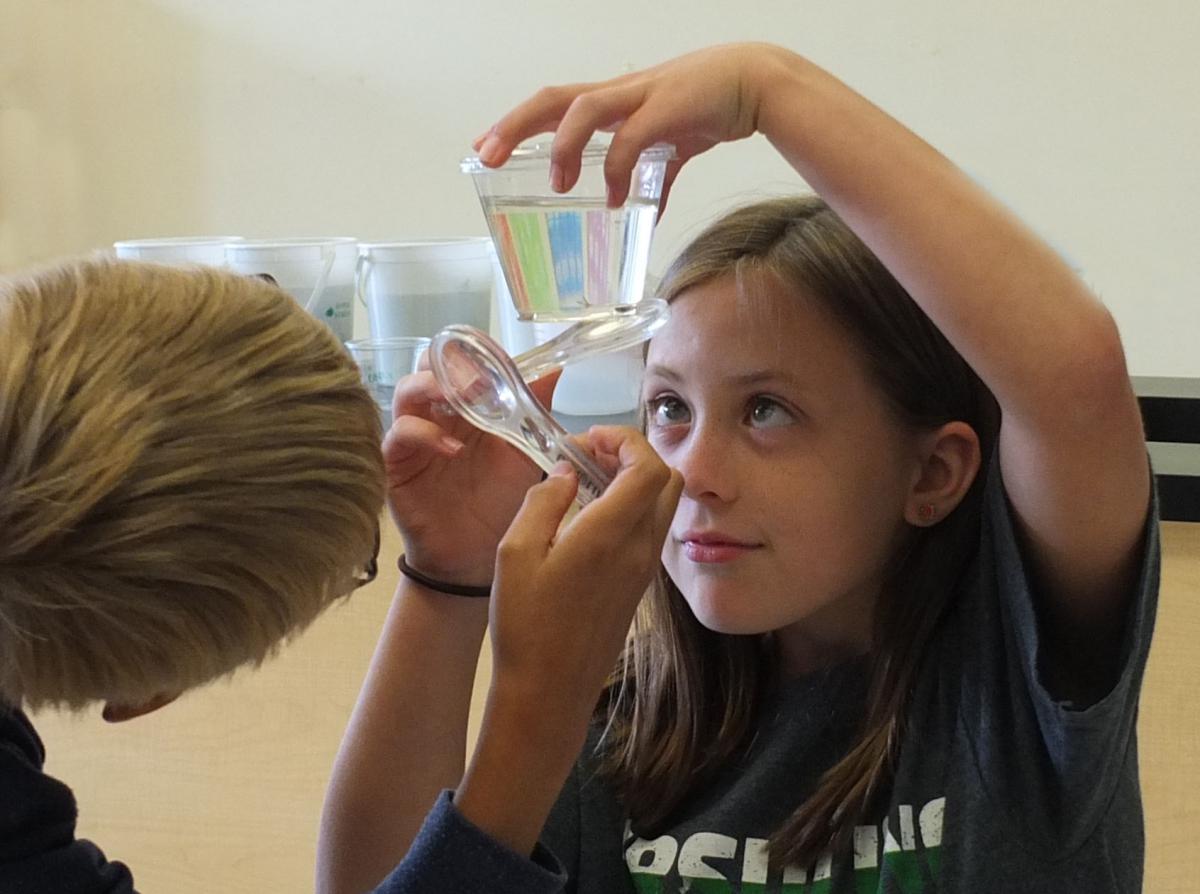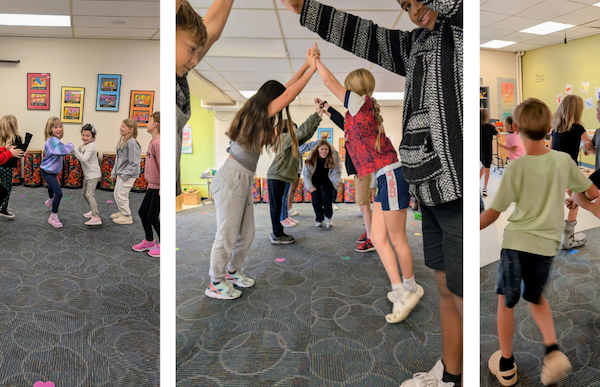
In Honor of ADHD Awareness Month
October 19, 2016
The Special Education Evaluation Process
November 2, 2016
Parents can find support and guidance through Springer School and Center’s referral and consulting services, which can help with identifying obstacles to learning and determining next steps.
Many parents who seek consultation from the Center either have children who are in special education or are considering asking their children’s school about whether their children need special education. However, many parents are not completely sure what special education means for their children.
This blog entry will be the first in a series explaining special education topics in order for parents to better understand this complex and sometimes confusing system.
What is Special Education?
According to the Individuals with Disabilities Education Act (IDEA), the federal law pertaining to special education, special education is “specially designed instruction…to meet the unique needs of a child with a disability.” That is, each student’s plan is unique to the individual needs of that student.
Why Special Education?
The purpose of special education is to make it possible for children with disabilities to achieve academic success. Specially designed instruction could include a specific program or class, services from specialists such as speech language pathologists, or modifications in curriculum or teaching methods. However, the law states that a school district must meet the unique needs of disabled students as adequately as the needs of nondisabled students are met, not that they must provide the best possible educational program.
Who Qualifies for Special Education?
In order to qualify for special education, a child must be evaluated at school and be found to meet the criteria of one of thirteen disability categories included in IDEA:
- Autism, Blindness, Deafness, Emotional Disturbance, Hearing Impairment, Intellectual Disability, Multiple Disabilities, Orthopedic Impairment, Other Health Impairment, Specific Learning Disability, Speech or Language Impairment, Traumatic Brain Injury, or Visual Impairment.
In addition, the disability must adversely affect the child’s education. In order to determine this, the evaluation team must ask two questions:
- Does the disability impact the child’s educational progress?
- Does the child need specially designed instruction?

When Do Children Qualify for Special Education?
Children can qualify for special education services from ages 3-21, depending on their specific disabilities and needs.
Where Do Children Receive Special Education?
IDEA requires that children in special education in public schools attend the “Least Restrictive Environment,” meaning that children with disabilities attend classes with children without disabilities to the maximum extent appropriate. The school team and the parents decide upon the least restrictive environment.
Future blog posts will examine some of these issues, such as evaluations, IEPs, and 504 plans in more depth. Contact the Center at 513 871-6080 ext. 402 or to learn more about consultation and referral services.
Blogger Stephanie Dunne, Ed.S., is the Center Director at Springer School and Center. Prior to coming to Springer, Stephanie practiced as a school psychologist in public and private schools for ten years. If you have questions, please contact Director of Learning Programs Carmen Mendoza at .



